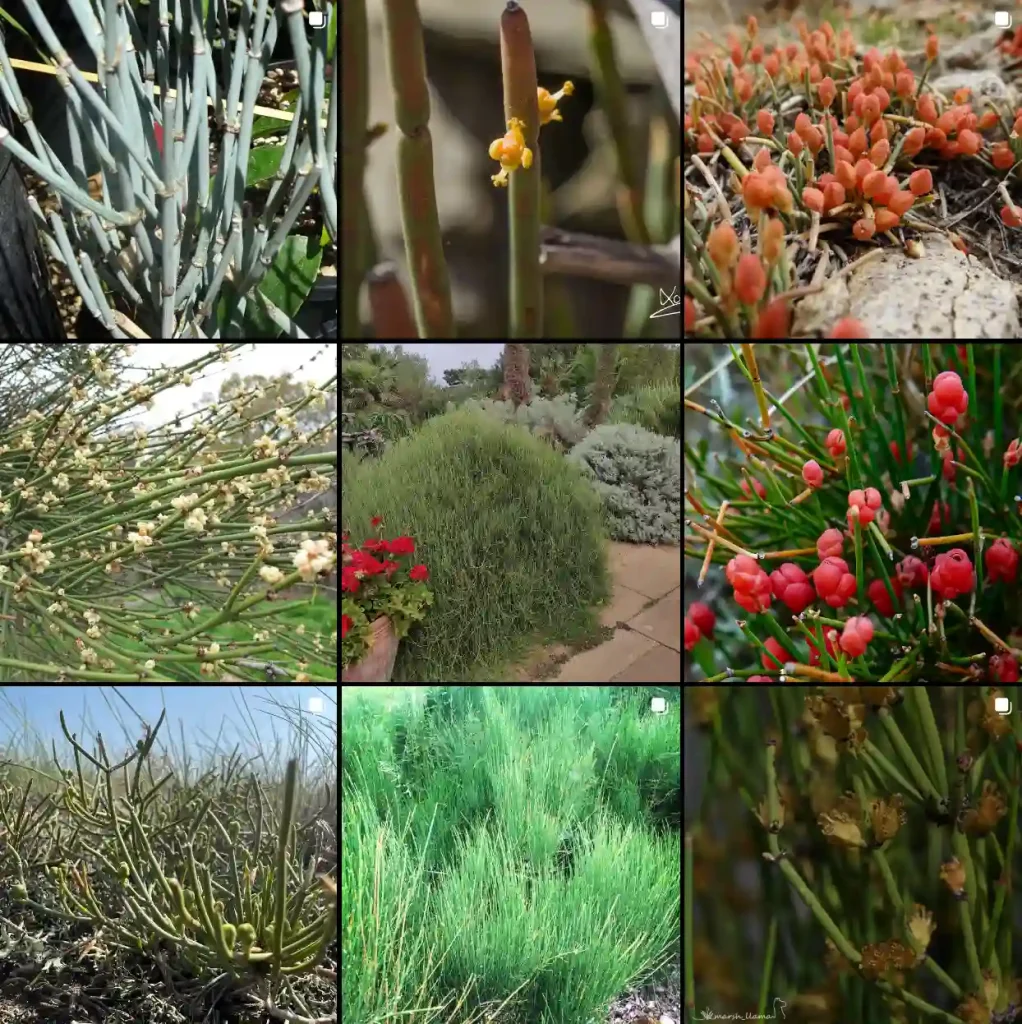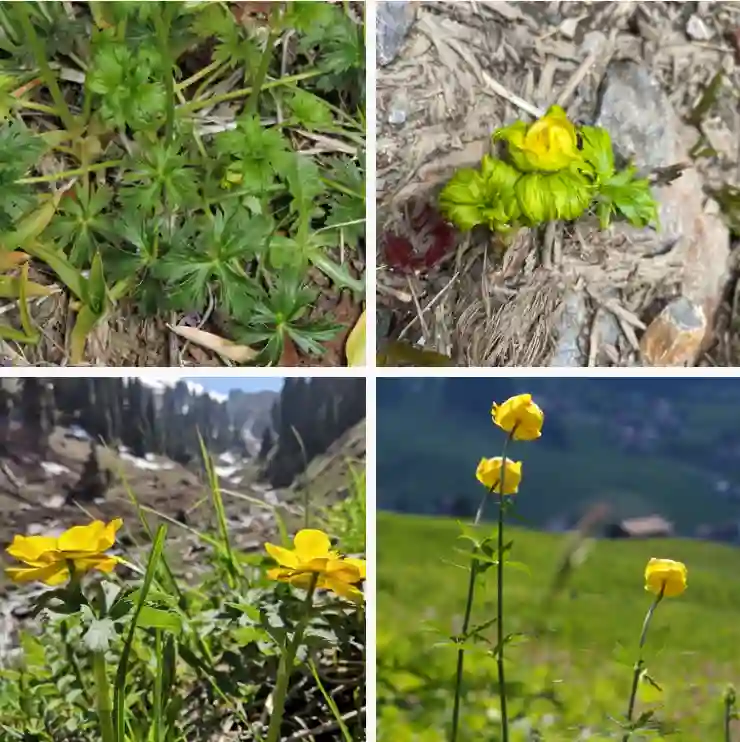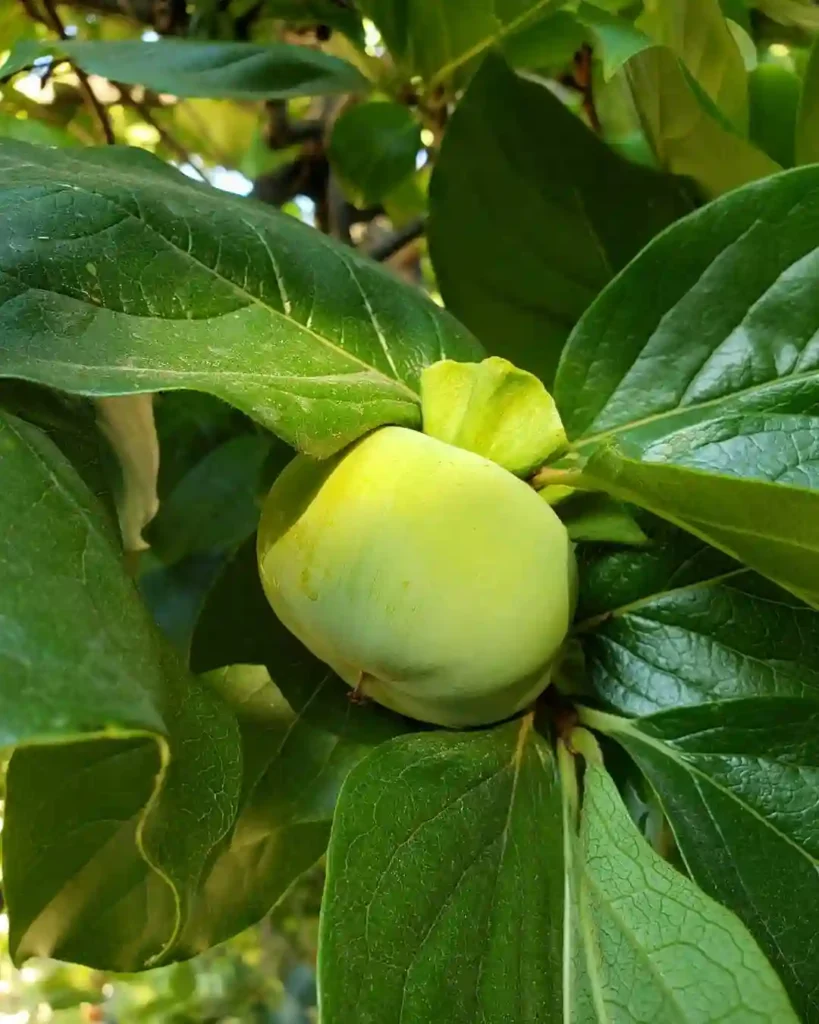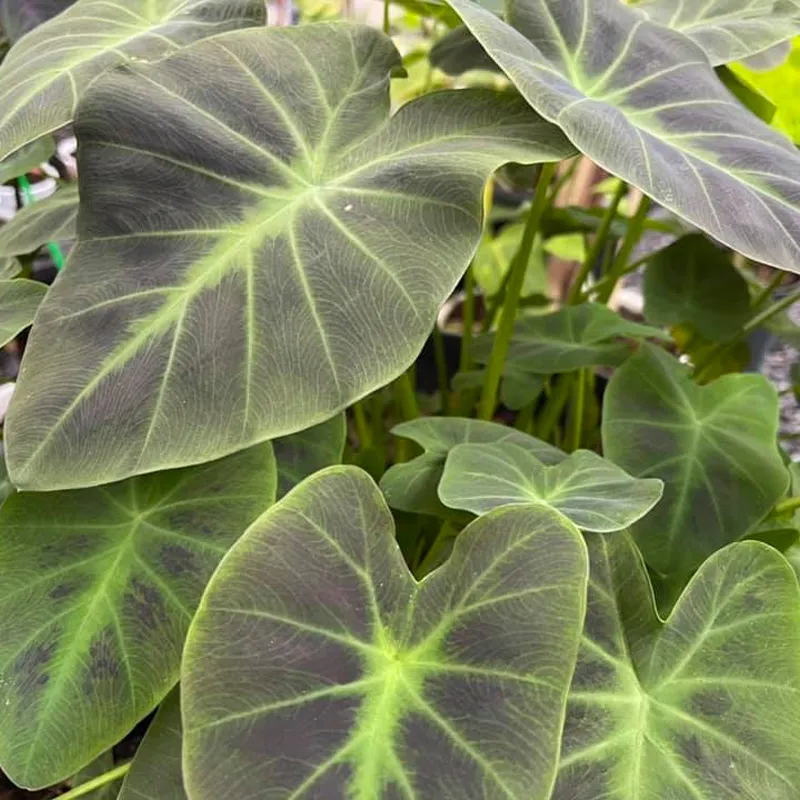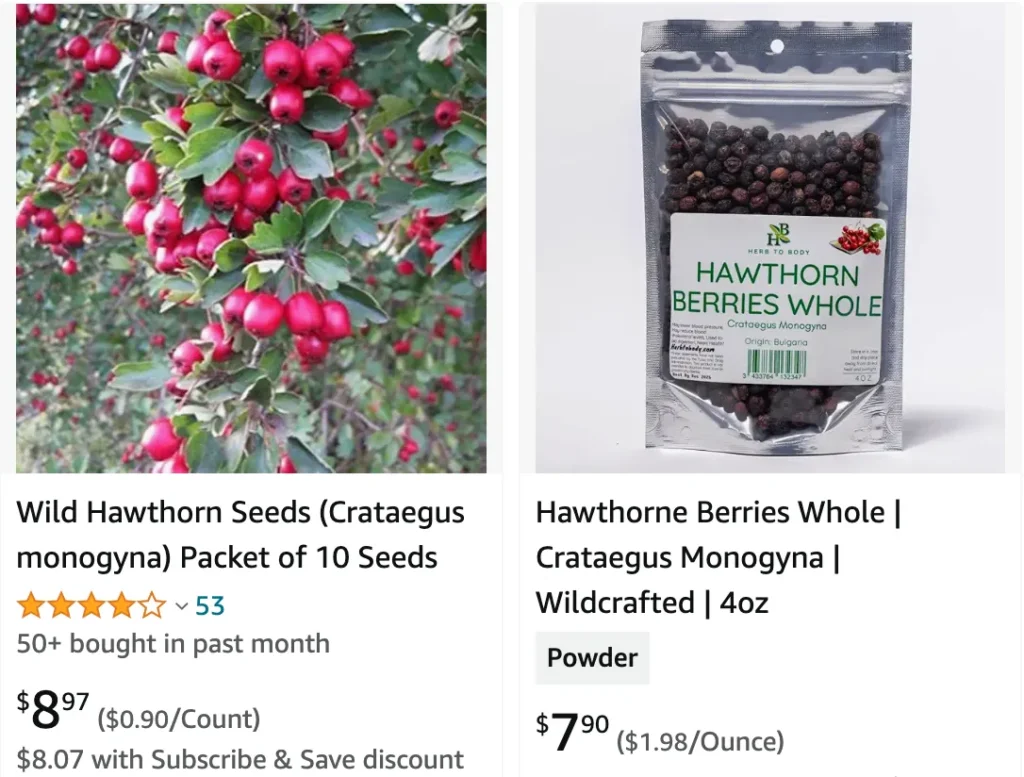
The Enduring Allure of Crataegus Monogyna: A Gardener’s Guide
As a lover of all things green and growing, I’ve always been captivated by the hawthorn tree. There’s something undeniably charming about this plant, from its delicate white blossoms in spring to the vibrant red berries that adorn its branches in fall. But the Crataegus monogyna, or common hawthorn, is more than just aesthetically pleasing. This hardy tree boasts a rich history, diverse uses, and surprising ease of cultivation. In this article, I’ll share my experiences and knowledge about this remarkable plant, hoping to inspire you to bring its magic into your own garden.
267 Species in Genus Crataegus
A Touch of History: The Hawthorn’s Enduring Presence
The common hawthorn has been a fixture in European landscapes for centuries. Its dense, thorny branches earned it a place in mythology and folklore, often seen as a symbol of protection and resilience. In fact, the very name “hawthorn” is believed to derive from the Old English term “hagathorn,” meaning “hedge thorn,” reflecting its historical use in creating impenetrable hedgerows.
Beyond its symbolic significance, the hawthorn has also held a place in traditional medicine. Its berries and leaves have been used for centuries to treat various ailments, although modern science is still evaluating the effectiveness of these practices.
Crataegus Monogyna vs Crataegus Oxyacantha
I’ve found that Crataegus Monogyna, with its lush foliage and fragrant white flowers, creates a more traditional and welcoming look in the garden, while Crataegus Oxyacantha’s smaller flowers and spikier branches give it a more rugged, wild appearance that’s great for adding a touch of natural charm.
Crataegus Monogyna vs Laevigata
In my experience, Crataegus Monogyna’s dense, thorny branches make for an impressive, dense hedge, whereas Crataegus Laevigata, with its smoother leaves and slightly more delicate blooms, tends to blend more seamlessly into a landscape without overwhelming it.
How to plant and care for Crataegus Monogyna?
The good news is that cultivating your own Crataegus monogyna is surprisingly straightforward. Here’s a breakdown of the key steps:
Choosing a Location: Hawthorns thrive in full sun to partial shade and prefer well-drained soil. Aim for a location that offers at least 6 hours of direct sunlight daily.
Planting: You can plant hawthorns either from seeds or seedlings. Seeds require a period of stratification (exposure to cold temperatures) to simulate winter conditions and break dormancy. If you choose this method, be prepared to wait a year or more for germination. Seedlings, on the other hand, can be planted directly in the ground in spring or fall.
Watering and Mulching: Water your newly planted hawthorn regularly, especially during hot and dry periods. Once established, it’s fairly drought-tolerant. Mulching around the base of the tree helps retain moisture and suppress weeds.
Pruning: Although not strictly necessary, pruning can help shape your hawthorn and encourage bushier growth. Prune lightly in late winter or early spring before new growth appears.
Can Hawthorn Tree (Crataegus monogyna) be started from clipping?
While propagating hawthorns from cuttings is possible, it’s not the most successful method. Hardwood cuttings taken in late fall or winter have the highest chance of rooting, but even then, the success rate can be low. If you’re set on propagating from cuttings, research proper techniques for taking, preparing, and rooting them to increase your chances of success.
Here are some alternative propagation methods you might consider:
- Seed Stratification: As mentioned earlier, this method involves storing hawthorn seeds in a cold environment (such as a refrigerator) for a period of time to simulate winter and encourage germination.
- Grafting: This technique involves attaching a hawthorn bud or scionwood onto a rootstock of another compatible plant. It requires some skill but can be a reliable way to propagate specific varieties.
Beyond the Basics: Creating a Hawthorn Haven
Hawthorns are incredibly versatile plants that can be incorporated into your garden in various ways. Here are some ideas to inspire you:
- Hedgerow Hero: The hawthorn’s dense growth and sharp thorns make it an excellent choice for creating a natural and secure hedgerow.
- Specimen Tree: Planted as a solitary specimen, the hawthorn can become a majestic focal point in your landscape, especially during its flowering season.
- Wildlife Sanctuary: Hawthorns provide valuable food and shelter for a variety of birds and insects, making your garden a haven for local wildlife.
What to Plant With: Due to its adaptability, hawthorns can be paired with a variety of plants. Consider incorporating flowering shrubs like lilacs or viburnums for a vibrant spring display, or complement its tough nature with ornamental grasses.
The Enduring Charm of Crataegus Monogyna
The common hawthorn is more than just a pretty face. Its historical significance, diverse uses, and resilience make it a truly remarkable addition to any garden. With a little planning and care, you can cultivate your own Crataegus monogyna and enjoy its beauty and ecological benefits for years to come. So, why not embark on this journey and bring a touch of history and magic into your own backyard haven?
If i die, water my plants!
